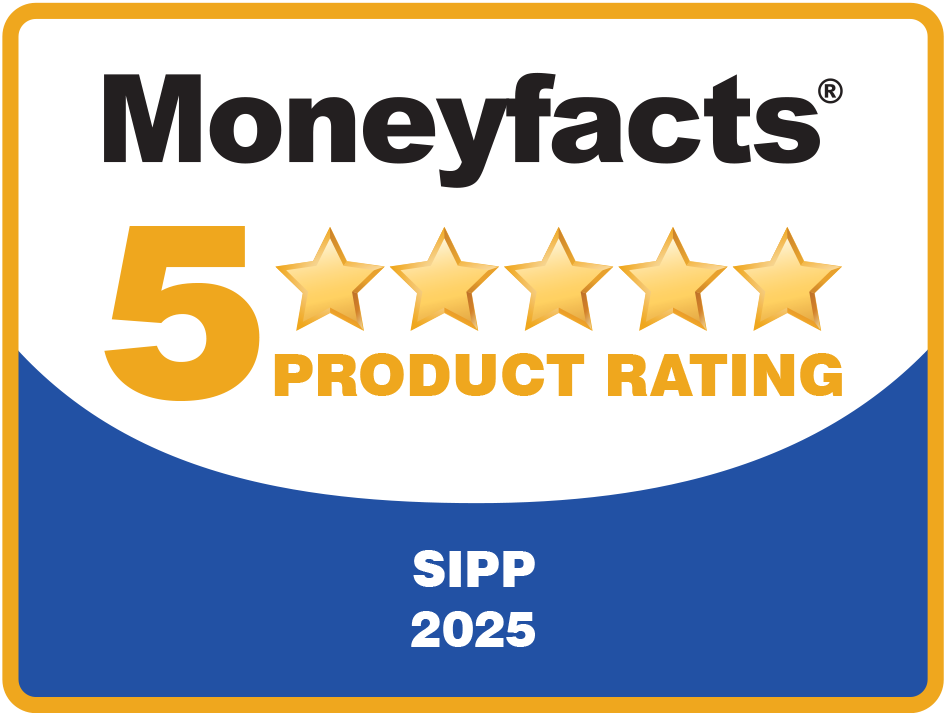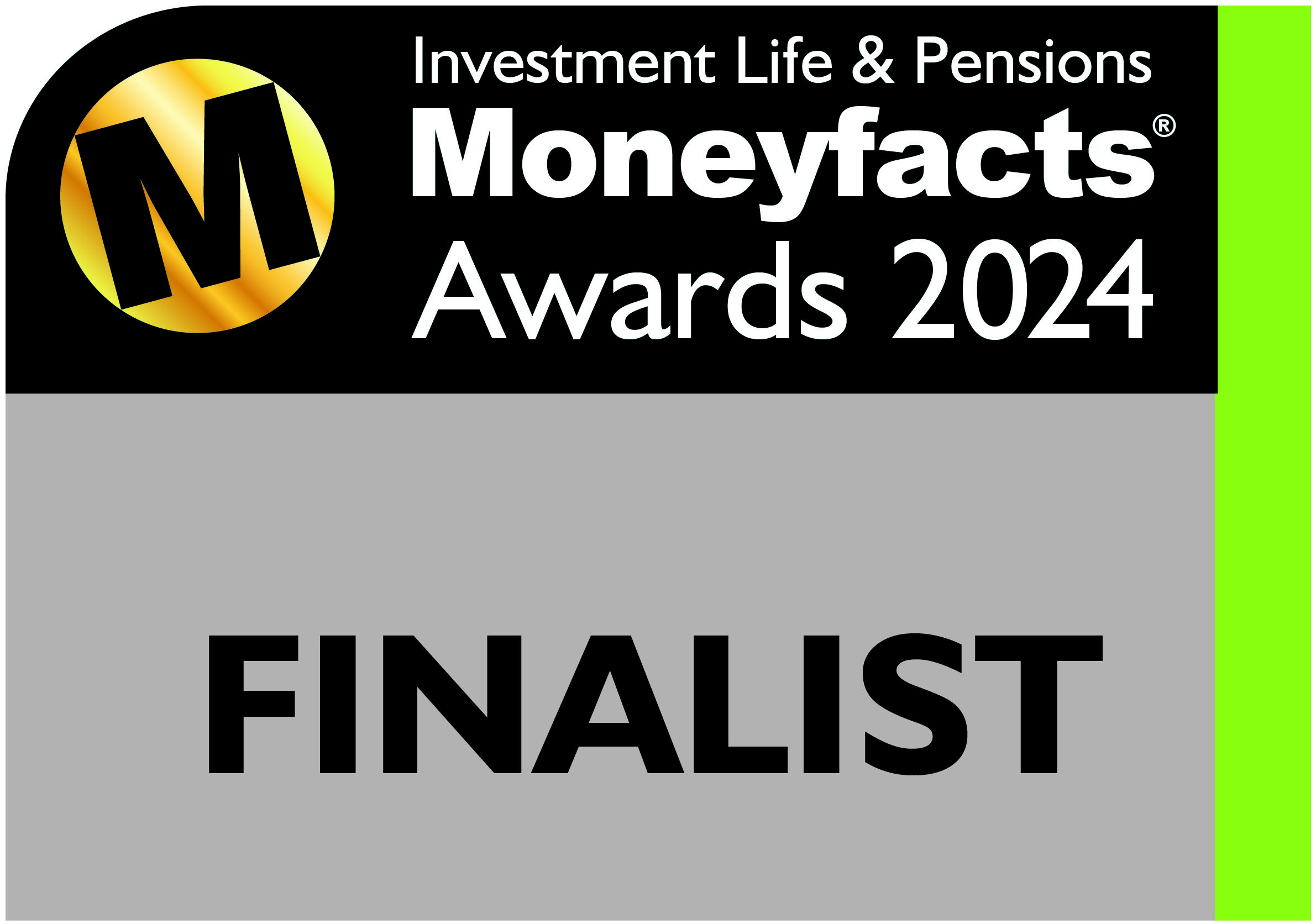Everything you need to know about transferring a SSAS or SIPP when a property is involved
Over recent months we have spoken to lots of advisers about transferring benefits from other SIPP and SSAS providers, particularly when schemes hold a property.
Usually, these conversations start with a real hesitance from the adviser about undertaking the transfer. It is perceived to be too complex, too costly and, frankly, a bit of a headache.
We won’t deny that a transfer in-specie of property can be a challenge! But we can help make the process as smooth as possible.
Why clients want to transfer a property from another pension provider
Typically, we see three reasons that clients/advisers want to transfer a property from another pension provider.
1. The original pension arrangement is no longer suitable
As discussed in our ‘SIPP v SSAS’ blog, a SSAS may have been the right solution initially, but client circumstances change. This may mean that running a SSAS is no longer necessary, or the clients no longer want to do this.
2. The costs with the current provider are high
Holding commercial property within a SIPP is at the higher end of what you can expect to pay in fees to a pension provider.
Most providers will charge an annual administration fee for the SIPP. Clients can also expect to pay additional annual fees for holding the property, for any borrowing, or being part of a group.
Feedback from advisers is that this is accepted if the service being provided is in line with expectations.
However, this can still run into thousands of pounds every year, multiplied by several clients if part of a group. If the plan is to hold the property for 10, 15 or 20 years, this can add up to a lot of money!
3. The service being provided is not in line with client/adviser expectations
Advisers tell us that service levels differ greatly when dealing with providers who administer commercial property.
Some larger companies don’t offer this as part of their core proposition, more as an ‘add-on’ or hybrid to their simpler PPP or SIPP offerings. Other companies used to have high levels of personal service, but this has changed over the years.
Increasingly, where a SIPP provider has been bought, we are hearing that the provider that has bought a SIPP book does not provide the levels of service (or charge the same fees) as was the case with the previous provider.
Transferring can be time consuming and expensive, but is often worthwhile
We’re not going to promise you that a transfer in-specie of property will be the easiest of things you will undertake. In addition, there are costs involved which is why we say that there is usually a trigger for a transfer to take place.
The key things to remember are the third-party costs of transferring the property.
Although the beneficiaries of the pension may not change, the legal owner of the assets will change from provider A to provider B. As a result, both providers will need to appoint solicitors to act on their behalf in the transfer. This is because what one provider may be prepared to accept may not necessarily be the case for another provider (especially when looking at a transfer in-specie from a SSAS to a SIPP).
So, what fees and costs are payable?
- Legal fees – on average, IPM’s panel solicitors will charge around £1,250 + VAT to act on a transfer. It’s fair to assume the other provider’s solicitors will charge a similar amount
- Valuation fee – a valuation will also be required from a surveyor for the receiving scheme. If one has been produced in the last 12 months this could be considered in order to save on costs
- Transfer fee – you will also need to consider fees from both providers for actioning the transfer; the receiving scheme will usually charge a transfer in fee while the ceding scheme is likely to charge a transfer out fee
If you have borrowing on the property this also adds complications. These are not insurmountable but need to be considered.
If you start with the premise that a transfer in-specie could cost in the region of £3,500 + VAT or more then this will give your client a decent base level of expectation.
It will also take time, especially if the reason why you’re moving from an existing provider is because of a poor service level! Again, it is best to set out this expectation to clients before the transfer commences.
We have seen some property transfers complete in a matter of weeks when all parties involved have been proactive… however, we have had some take over a year!
Read: 8 weird and wonderful commercial properties our clients hold in a SIPP
So, why would my client bother to undertake a transfer?
IPM has undertaken many of these transactions over the years.
We have one of the most cost-effective offerings for commercial property in the marketplace (you can find out more here). Consequently, the cost of transfer can often be offset by the savings your client makes in terms of the annual fees being paid to the current provider, as long as the property continues to be held within the SIPP; in our experience approximately three years.
Remember that any existing lease in place can usually be adopted by the new provider as part of the transfer process. Additionally, in-specie transfers of property are usually not subject to Stamp Duty Land Tax (SDLT).
If the aim is to hold a property in the pension for 10 – 20 years, then this can be a long time to put up with any of the three issues mentioned above. This is particularly relevant when considering generational planning and passing assets down the line to children or grandchildren.
Read: Everything you need to know about death benefits and SIPPS and read a case study regarding death benefits, SIPPS and tax
Where you have more than one client with an interest in a property being transferred, the transfer costs (provider and third-party) are split between the number of clients involved. So, the more clients, the more cost-effective the transfer becomes.
As well as more competitive fees, we hope advisers and clients alike will benefit from our more personable approach and our high level of service when administering SIPP property.
If a property is to be held for a long period of time, what we hope is that any transfer may see clients suffer a bit of short-term pain for a much longer-term benefit, both on cost and service.
If you have any questions about transferring a SIPP or SSAS, please get in touch. Email info@ipm-pensions.co.uk or call 01438 747 151.



